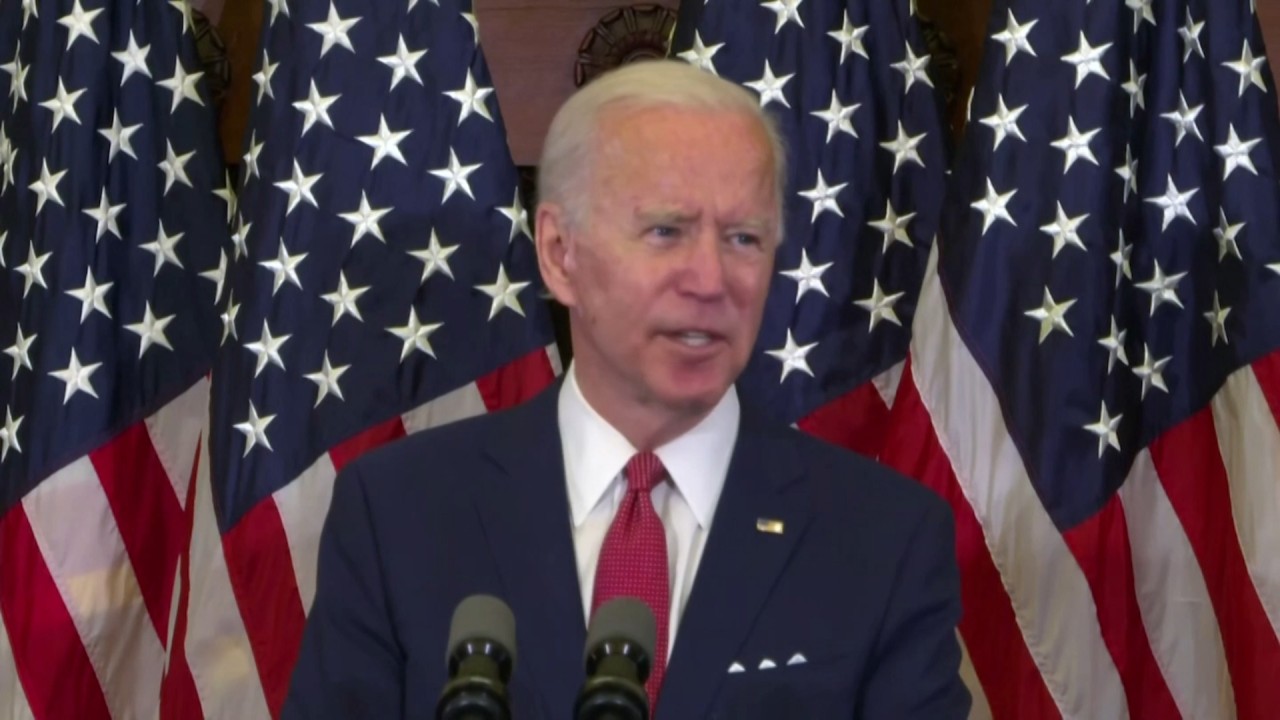
What if Donald Trump is a one-term president? Why three trade issues can wait
- America’s trade partners are closely watching the November presidential election
- Whether it is the WTO, China or carmakers, decision makers could be preparing for the possibility that the Trump administration will be voted out
Trump’s sharply declining political fortunes have begun to impact the disposition of three important trade issues in particular.
First, leadership of the World Trade Organisation.
Eight candidates have thrown their hats into the ring, and the hope is to have a director general ready to step into the role in September. If a consensus cannot be reached, one of the four deputy directors general may take over as an interim caretaker.

11:17
WTO nominee vows to bring US and China to negotiating table
If Trump is presumed to be winning, his administration’s views will be factored into the selection process. On the other hand, if there is a realistic possibility that a Biden administration (holding a more traditional viewpoint on the WTO) will take over in January, then delaying the appointment of a director general until next year and opting instead for an interim caretaker may be considerably more appealing.
Why the US is talking tough on South China Sea now
An incoming Biden administration would therefore be unlikely to hitch its wagon to a faltering agreement negotiated by its defeated rival, especially if that agreement was the object of withering criticism on the campaign trail. Expect the Biden administration to opt for a coordinated approach to China, including like-minded partners such as the European Union, Japan and Australia – rather than Trump’s go-it-alone approach.
Given the dim prospects for the phase one deal under a prospective Biden administration, China has little incentive to fulfil any obligations that are difficult, and is more likely to meet only those that are in its interests. At least for now, the much-heralded phase one trade agreement appears to be fading, along with Trump’s re-election prospects.
Why Covid-19 will power investment in data centres
Third, the repatriation of manufacturing may be put on hold.
Under the revised agreement, at least 40 per cent of the parts for a tariff-free vehicle must be produced by workers earning a minimum of US$16 an hour. Since this is considerably higher than prevailing wage rates in Mexico, the expected and desired result is manufacturers shifting production to the US.

01:14
US Democratic presidential candidate Joe Biden takes aim at Trump’s handling of protests
Automotive producers have noted the changing electoral dynamics in the US, however, and are hedging their bets while weighing the possibility of a new US administration with a different approach to trade.
Manufacturers such as Honda and Toyota are opting to triple wages at factories in Mexico to observe the tougher rule of origin, rather than shift production to the US. Staying put for now seems to make more sense than absorbing the cost of disruption and moving to the US, especially if the administration that wrote the new rules might be on the way out. One executive at a Japanese carmaker summed up the prevailing view well: “We don’t want to be whipped around by a policy that we don’t know how long it will last.”
Companies in other industries that have been cajoled by Trump policies into moving production back to the US may share similar sentiments (notwithstanding indications that a Biden administration will also seek to “onshore” manufacturing).
Between now and November, a lot can still change. Trump was counted out in the 2016 election and it would be a mistake to count him out in 2020. But for now, the trade landscape is being altered by the growing belief that Trump could be a one-term president.
Stephen Olson is a research fellow at the Hinrich Foundation

